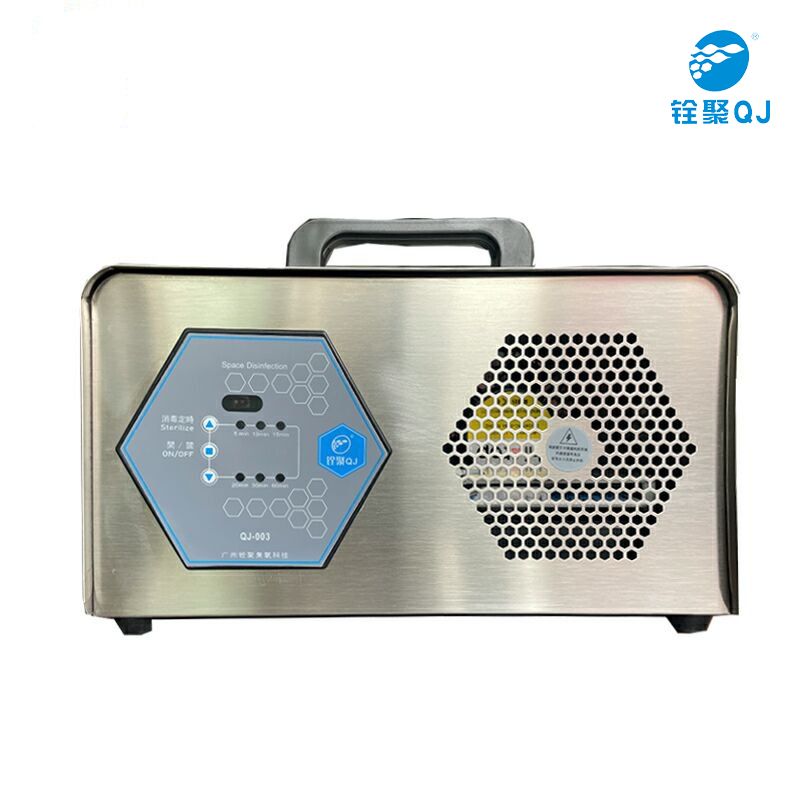Jan. 15, 2025
The operational environment significantly influences the longevity of an ozone generator. It is crucial to maintain dry conditions and ensure a clean gas source to enhance both the service life and effectiveness of the unit. Users often overlook the necessity of guarding against environmental oxidation due to the equipment's material composition.
Typically constructed from stainless steel, ozone generators are designed to resist corrosion caused by the ozone they produce. Ozone has a stronger oxidizing potential compared to chlorine, and chlorine is more potent than oxygen in this respect. If ordinary materials were employed, they would succumb to oxidation relatively quickly. The choice of stainless steel addresses the oxidation effects instigated by ozone itself, rather than external environmental factors. However, other elements, such as humidity and dust, can exacerbate oxidation in the working environment.
The detrimental effects of humidity
Metal and electronic components are particularly vulnerable to moisture. The ozone generator's operation involves significant air movement, which can amplify the damaging effects of humidity considerably. As a result, the oxidation rate within the ozone generator increases substantially. Some users have reported moisture accumulation inside their generators, a direct consequence of prolonged operation in humid conditions.

For a Professional ozone generator to function efficiently, it requires high-voltage current to break through the air or oxygen. However, in humid conditions, the proportion of oxygen available for ionization decreases, adversely impacting the ozone generation rate. Furthermore, dust can easily accumulate within the ozone generation tube, cooling fan, and other internal components through sustained use. All these factors collectively lead to decreased efficiency in the ozone generator, where even minimal water and dust concentrations can build up rapidly due to high airflow rates.
Consequently, it is essential to operate the ozone generator in a dry environment while ensuring the air source remains clean. Maintaining these conditions greatly benefits both the operational lifespan and efficiency of the ozone generator.
Routine inspection and upkeep of the ozone generator
Before operating the ozone generator machine, users should inspect the various switches to ascertain their proper functionality. For water-cooled generators, verifying the cooling water's flow is essential prior to use. Additionally, a pre-operation inspection should include checking for any damage to the wiring and ensuring that the ozone output pipe is securely connected and intact.
Previous: SMT Feeder: How It Enhances PCB Assembly Efficiency
Next: Unlocking QFP IC Packages: Benefits, Types, and Best Practices
If you are interested in sending in a Guest Blogger Submission,welcome to write for us!
All Comments ( 0 )